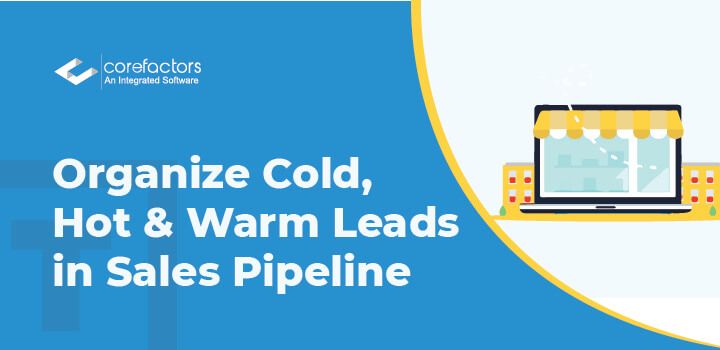A lead is an individual that you’ve collected some contact info about but haven’t purchased from you yet.
This could be via referral, email signup, Landing Pages Opt-in, or any other source of captures.
From prospect to client, the salesperson it’s assigned, has to walk the lead through the end of the sales to Closure, Overcoming all the hiccups nurturing him, and generating establishing trust and rapport.
What is a Lead, a Prospect, and an Opportunity?
While you’re browsing the web, you may come across many Ads which you ignore mostly. But when something catches your attention, you might just click to be taken to a Landing Page. where mostly some contact is asked, email or phone number.

This is when you become a “Lead” to that organization.
For a few days, you will receive some communication from them. If you Reply or Respond positively to, you might consider yourself for communicating further, maybe over a meeting.
This shows they consider you a “Prospect” at this point. They will keep seeking communication until a fruitful closing or denial.
Speaking of the furtherment, when you confirm that you indeed like their product or service and you do require it. You pose an “Opportunity” for the Salesperson.
Selling a comb to a bald is often called impressive salesmanship, but it is trickery, and these practices could be damaging for sustained business growth.
Qualifying your potential customers should be one of the first actions you take during the sales process.
Because qualified leads are the ones who fit into your potential customer criteria.
If a lead would never have any use for your product, then no point in trying to move them through the sales pipeline.
Similarly, if a lead manages to progress through the cold to warm to hot, with no intention of purchase, it is called a “dead-end lead”
This emphasizes why qualifying leads can save on valuable time and efforts of a sales team, on leads that won’t get you business.
Once qualified, sorting them is a much cleaner and definitive list to organize.
The Differences Between Lead Types
All leads post qualification lead are ready to be sorted in Cold, Warm, and Hot categories. These crudely define the stages of a sales pipeline.
And this ensures communication between the prospect and salesperson will be Precise and Relevant to their Lead Stage.
Increasing the trust has better chances of Winning the Lead.
What is a Cold Sales Lead (LEAD)
Cold sales leads are the ones who are not aware of or show very little interest in your brand.
You might’ve only just gotten their number, captured their contact details from landing pages, or they’ve given their email through an opt-in form on your website.
The point is that they don’t really know who you are or if they need your products or services just yet.
Therefore they haven’t shown interest in any of your products or services. So, They are the right Future customer, but early in Sales Pipeline, hence a Qualified Lead.
But that doesn’t mean you cannot close a sale with them. It’s a good starting point for exploring the prospect, their field of operation, Pain Points, and current services or products they use.
The vast majority of leads start somewhere between cold and warm. One shouldn’t expect most of their Leads to be in the hot zone.
So how do you get those cold leads?
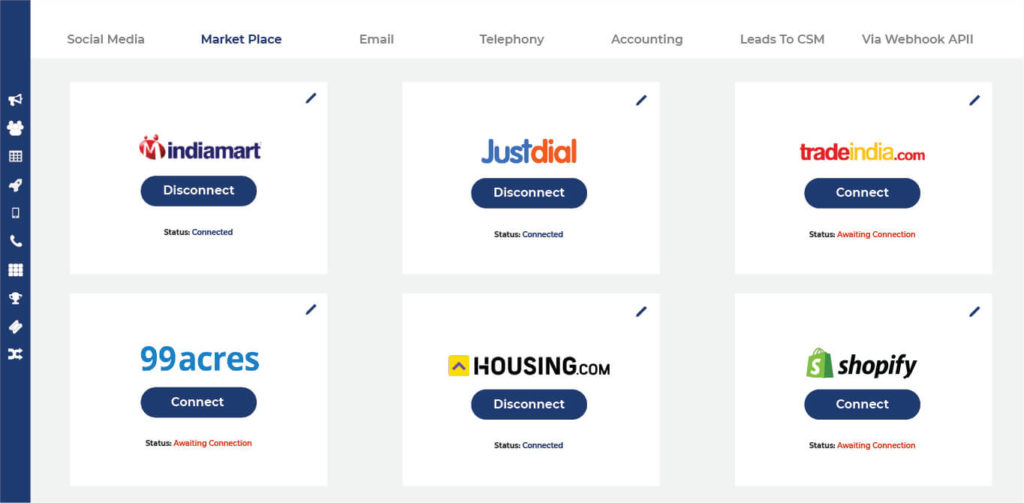
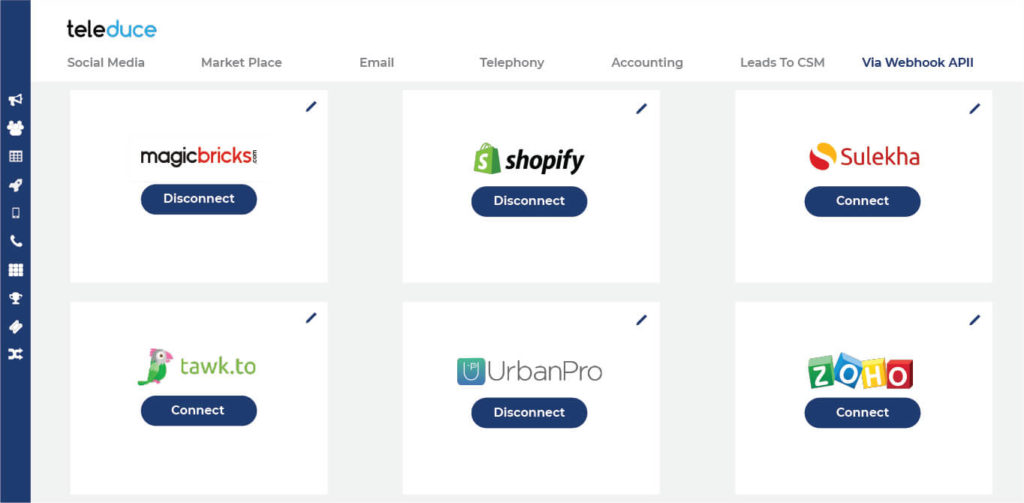
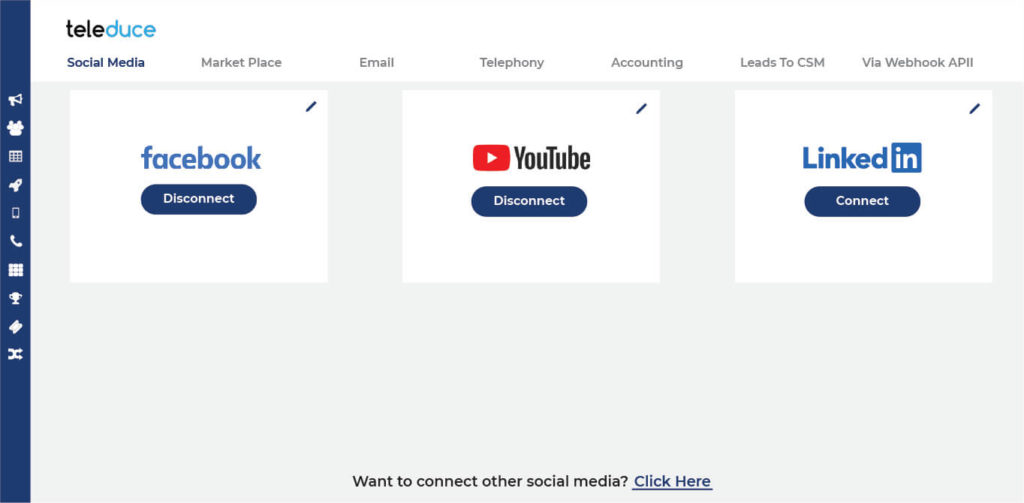
The Sales CRM software promotes organized Leads with a lead management system and makes sorting a breeze.
It can automatically assign leads based on where they were captured, their stage, or any other parameter you want.
What are Warm Sales Leads (Prospect)
Warm leads are the ones right between cold and hot; they might not be at the end of the customer journey yet, but they’re on their way.
Hence a good mid-way to progress. These are called prospects in sales terms.
A sales lead that’s at the warm stage might not buy, but you’ve still probably got some trust and rapport with them to walk them up further in the Sales Pipeline.
These types of Leads are fairly populated in free webinar join-ups, Product Update Signups, etc.
The main point that distinguishes these warm leads from cold and hot is that they’ve shown interest and are aware of your product, but just don’t have that full trust to make the jump.
To forward this stage, the Salesperson must follow up, yet respecting Prospect’s time.
Here TELEDUCE can come in handy. With Teleduce you can Assign Tasks, Schedule Meetings, and keep track of the Communications without a miss which eases the follow-up.
This means, the Salesperson will get notifications about tasks, while also having the previous communications data to refer to.
This saves them time and workload of remembering dates and timings. One of the many advantages of using CRM software.
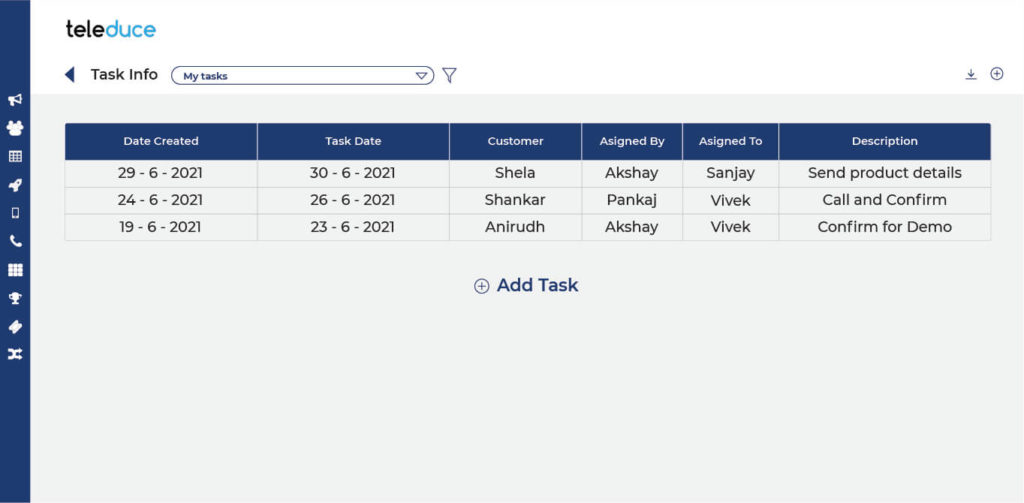
What are Hot Sales Leads (Opportunity)
These are qualified leads that have already been nurtured and are ready to purchase some effort.
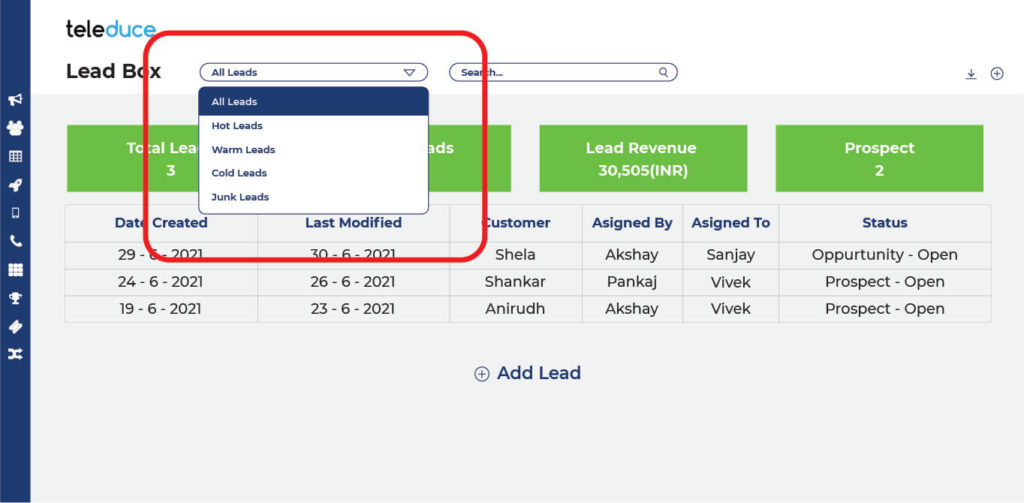
The fact that they have been communicating and agreed for Demo, is proof that they are an ideal opportunity to try and close.
These are people who are now directly seeking a particular service for fulfilling a need that has already been identified by you and you are engaging for the fulfillment of the same.
These only need to be managed and communicated for discussing the payments and getting the Transactions.
Organizing Leads by Stages in TELEDUCE
One can change Lead’s Type and set it to Hot, Cold, or Warm. This can be used to access those quickly by filters as well as column sorts.
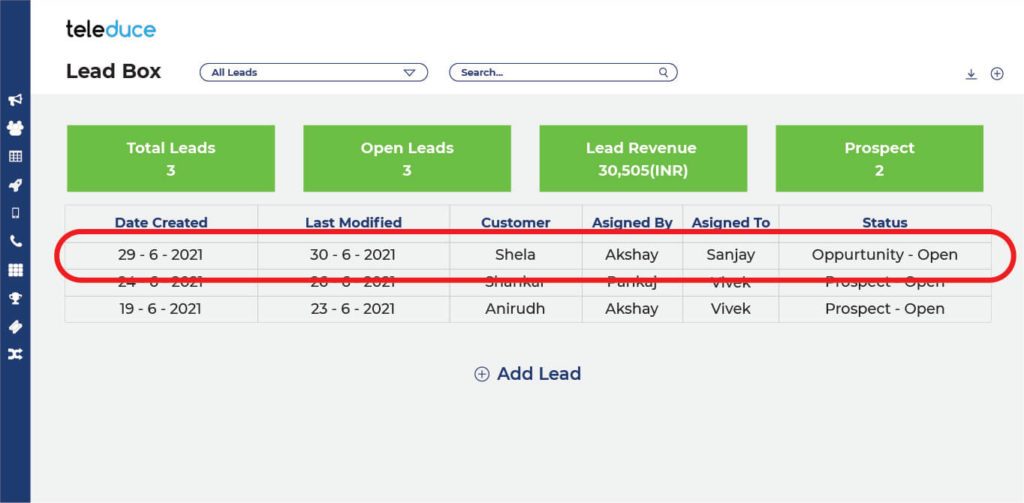
Changing Lead Type in TELEDUCE
As your Lead progresses from one stage to another, The Integrated CRM allows the user to change it.
Users can edit Lead_Stage by simply clicking on Lead Name. It opens up all the lead’s details, then there, the user can edit and change Lead_Stage.
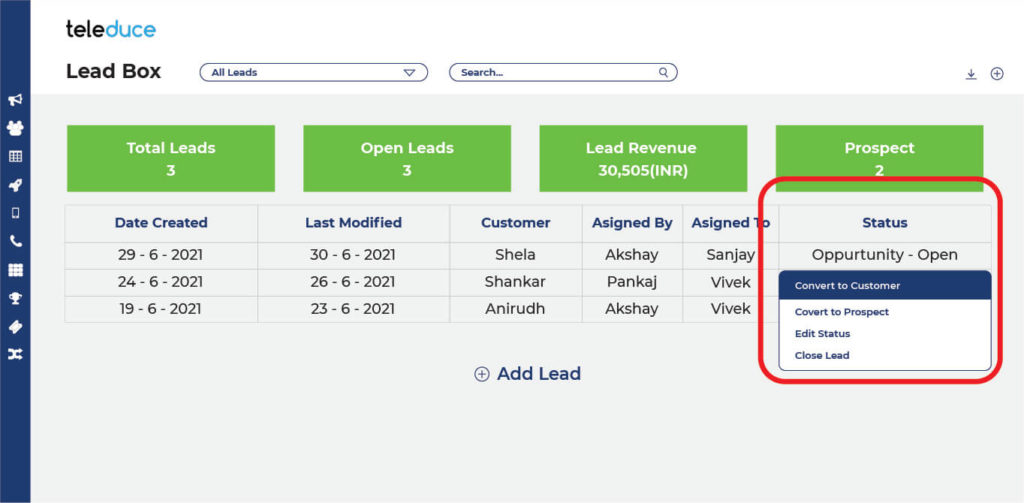
Bonus: How Not to Approach a Lead
Not all captured Leads fall into the same box, take this example:
Kartik is a Chief Cinematographer in a Motion Picture company, his work involves Shooting Shots for Movies and Short Films.
Today after a long and tiring day at work, he returns. Puts on his favorite channel, ready to lay back and relax. This is when his phone rings, it is an unknown number. He decides to pick.
It is a Salesman speaking on how great their new camera range is. He needs new gear.
But he finds this call Inconsiderate, and he politely declines the offer. He could’ve considered their offers, but the ill timing annoyed him.
For the Salesman, this lead could have been their ideal prospect and an easy win. But he failed to set the staging for future communication.
Neither he respected time and schedule nor established trust and rapport with the prospect. He lost the Sale.
Since every lead will not have the same levels of interest, awareness, trust, and motivation.
Approaching all of them with one single cold call is not a great idea. A wrong approach, will not only risk losing a potential prospect but damaging your repo as a spammer.
That is why the need of sorting them is of crucial importance.

